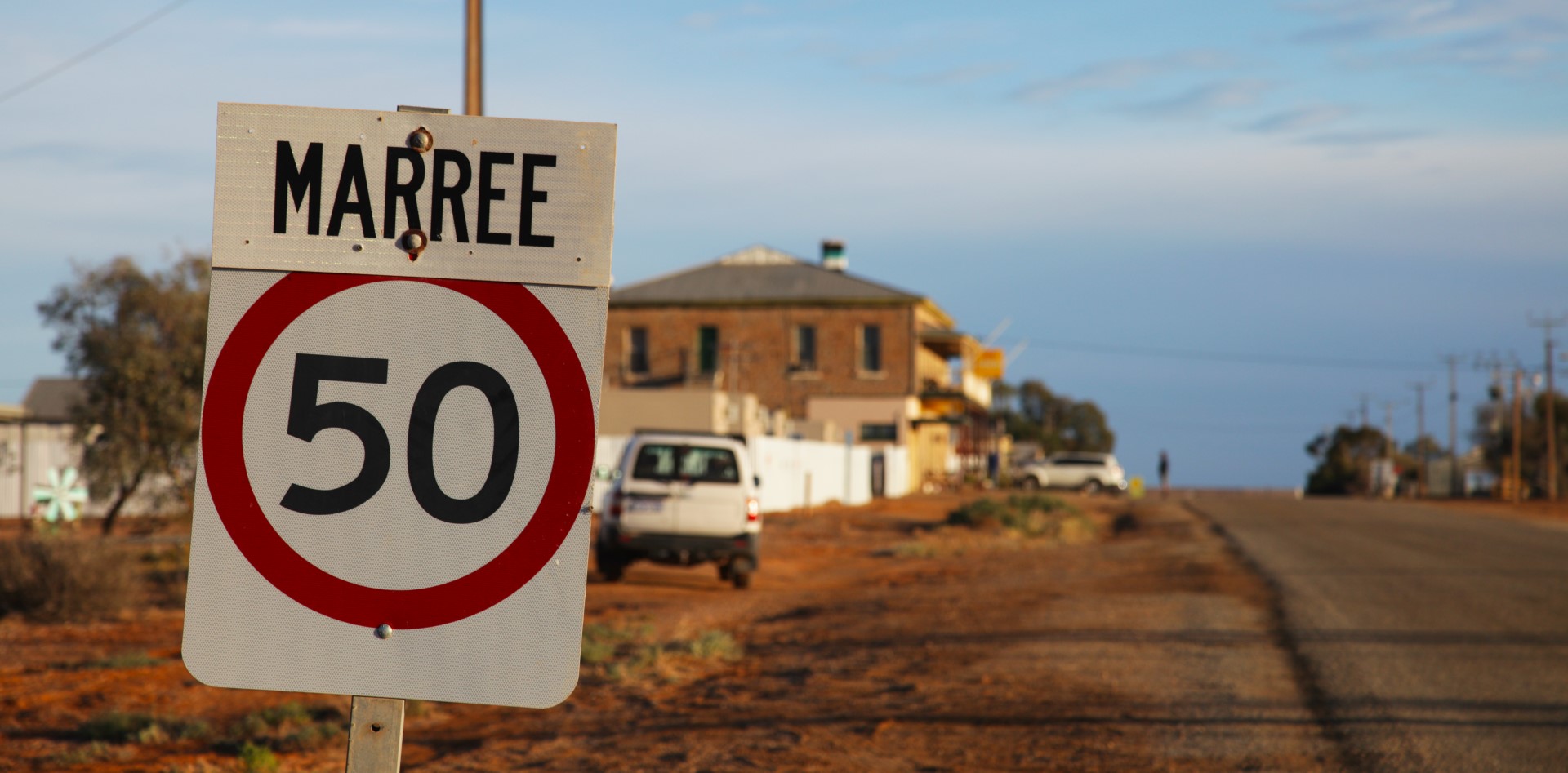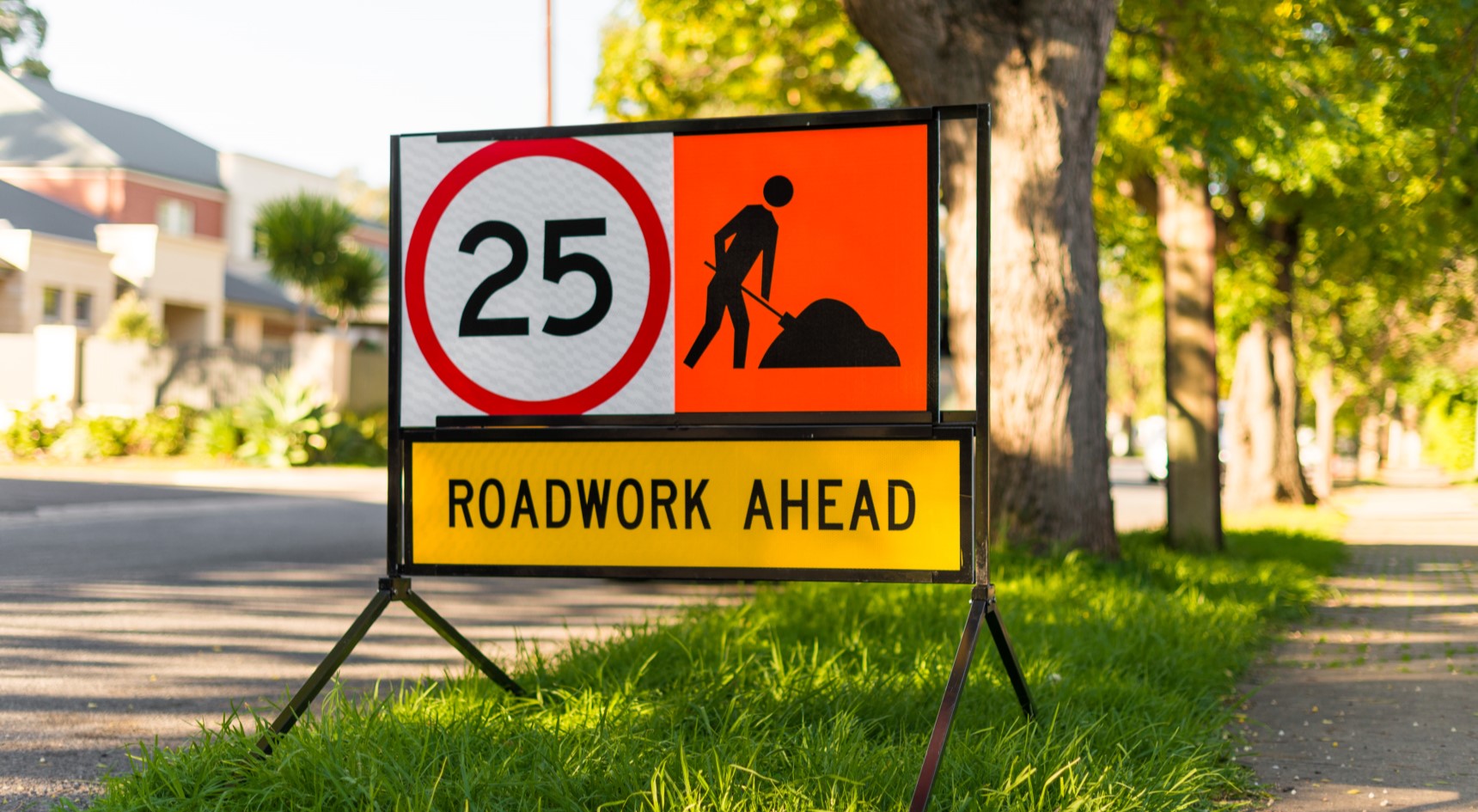How are speed limits set?
 We all know speed limits play a big part in keeping us safe on the road, but many drivers don’t understand what actually goes into setting one.
Whether on metropolitan or regional roads, in school zones, shared zones or along multi-lane highways, a number of factors are carefully considered when setting and changing speed limits in South Australia.
Here are some of the basics.
We all know speed limits play a big part in keeping us safe on the road, but many drivers don’t understand what actually goes into setting one.
Whether on metropolitan or regional roads, in school zones, shared zones or along multi-lane highways, a number of factors are carefully considered when setting and changing speed limits in South Australia.
Here are some of the basics.
Who’s responsible?
South Australia’s Minister for Transport and the Department of Infrastructure and Transport are responsible for setting and changing speed limits in our state. The official Speed Limit Guidelines for South Australia detail the general rules and recommendations for setting speed limits. This guideline is based on several national and Austroads guidelines. Authorities use the guidelines to help determine the most appropriate limit for a particular road or section of road. Local councils can apply to the Minister for speed limit changes, but it’s the Minister and the Department of Infrastructure and Transport who must agree to them. “Councils have a well set-out system that centres around community consultation when proposing changes to existing speed limits,” RAA Senior Manager of Safety and Infrastructure Charles Mountain says. “A large part of the process is engaging with communities, discussing why changes are being proposed and any potential consequences. “While local councils and the Department of Infrastructure and Transport have community safety in mind, it’s important they make changes that people understand and support.” If a road has no speed signs displayed, the default speed limit (defined in the Australian Road Rules) applies. In South Australia, the default speed limit is 50km/h in built-up areas, while in non-built up areas, it’s 100km/h. “If there are no speed signs present, it’s important drivers adhere to the default speed limit for that area, as these are developed with safety in mind,” Mr Mountain says. On motorways and freeways, speed limits can be changed remotely via digital signage. Alterations are made by the Traffic Management Centre for reasons ranging from road works to crashes and severe weather conditions.
Image: Getty
Location, location
Before setting a new speed limit or changing an existing one, the road authority will assess the road function and level of development and activity around the area in question. They’ll consider whether it’s near key traffic and pedestrian spots such as schools, shopping centres and industrial or agricultural areas. In SA, speed limits change significantly around school zones and in many residential areas. A speed restriction of 25km/h applies at any time when children are present in a school zone, while many residential areas now have a speed limit of 40km/h in place of the default 50km/h limit. On regional roads, the presence of farms and agricultural land is taken into account before speed limits are set, as well as the way in which residents access the land and how many road-users travel through the area.
Image: iStock
Road features & usage
Engineers will assess a road’s features, geometry and primary function before setting or changing a speed limit. They’ll consider a range of factors such as whether the road is surrounded by factories and frequented by trucks and utility vehicles, or whether the road is part of a local residential network. “The functional hierarchy of a road is very important when setting a speed limit,” Mr Mountain says. “This refers to who’s using it as well as how often they’re using it – it’s a reflection of its function and purpose. “The speed limit is designed to ensure the safety of the people using the road network, and that the road meets its key functions.” The assessment of a road also takes into account roadside activity such as on-street parking facilities and how often people might cross the road. Road quality and features are also important. Lane width and number, road shoulders, bike paths, footpaths, curves and crests all influence how speed should be managed. The number of driveways, intersections and roadside hazards such as power poles, trees and embankments also play a part in what speed limit is used.
Image: RAA

